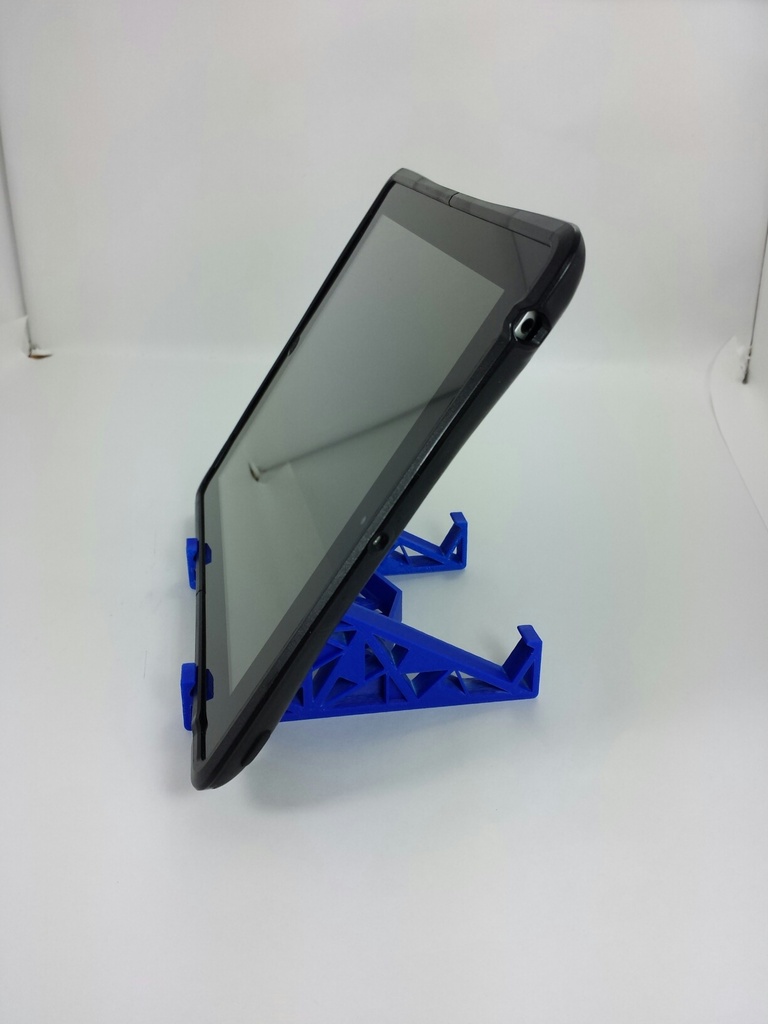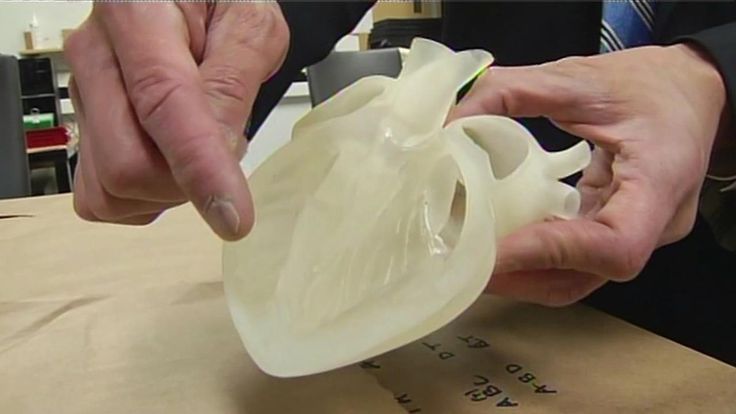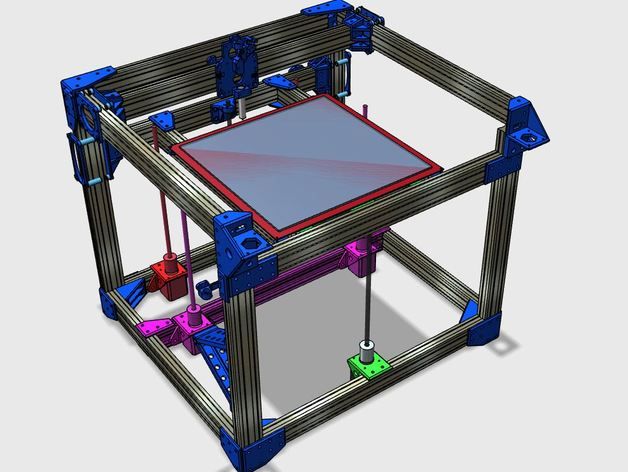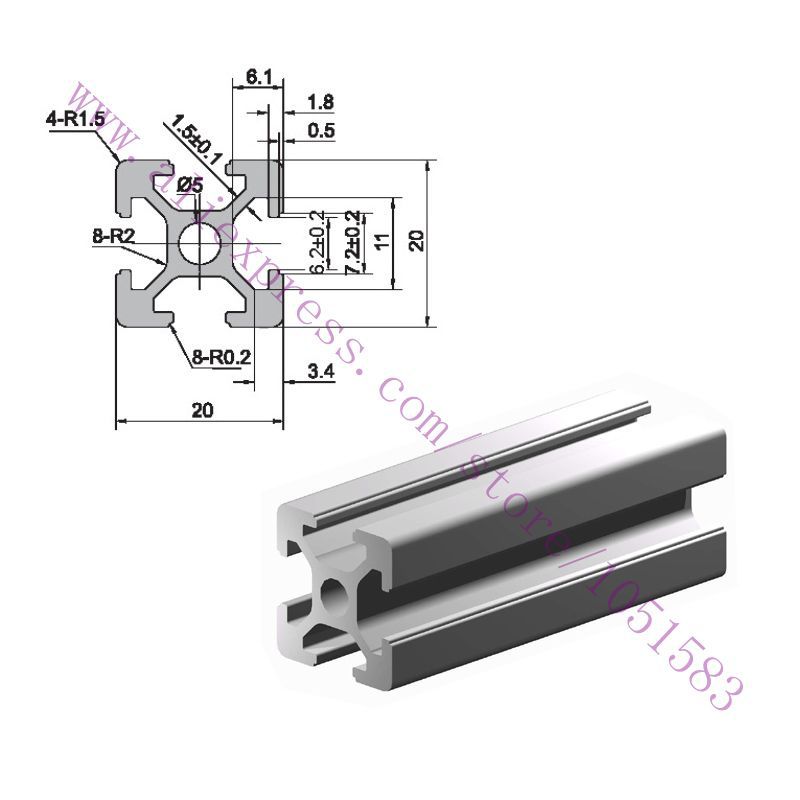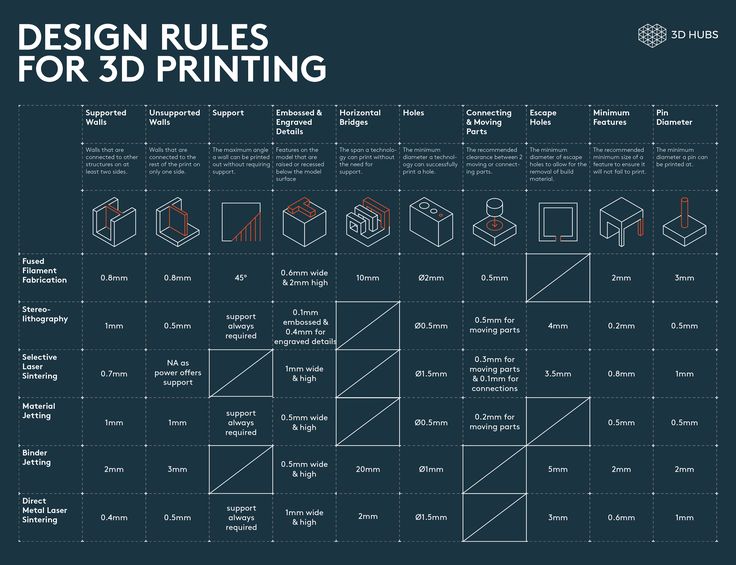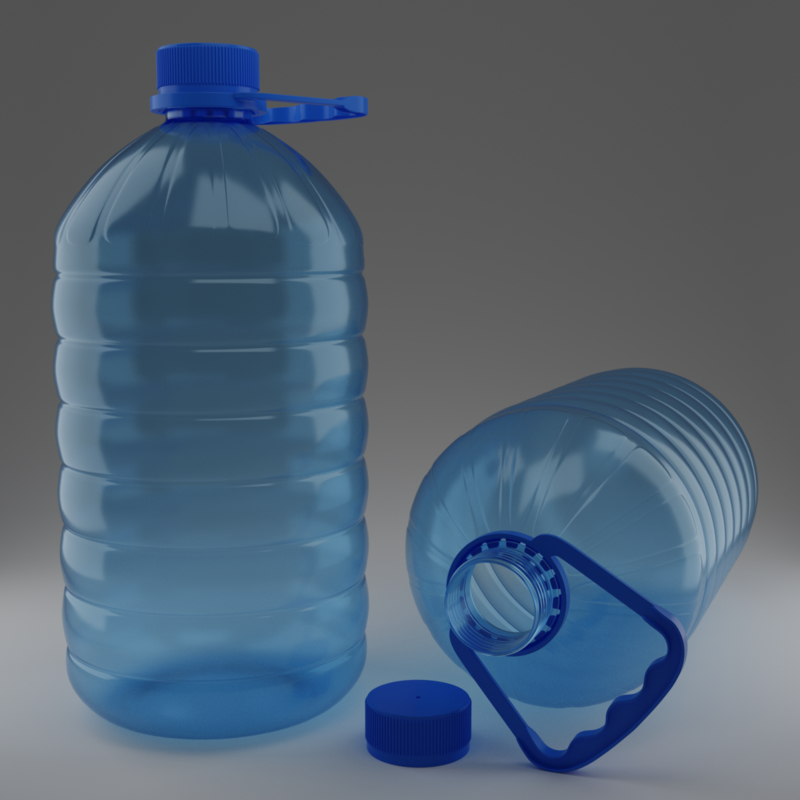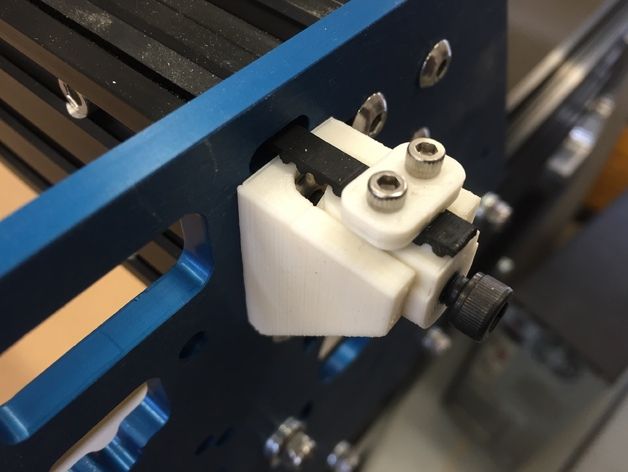Library 3d printing policy
3-D Printing in Libraries: Policies & Best Practices
All libraries providing access to 3-D printers should adopt written policies governing the use of their 3-D printers. Such policies should:
- identify those eligible to use the library's 3-D printer;
- outline all rules and regulations concerning user access, fees, and training requirements;
- bar use of the library's 3-D printing facilities for illegal activities;
- include a statement informing users that all other library policies apply when using the library's 3-D printer or printing services, including policies addressing user behavior, acceptable use, cybersecurity, copyright, intellectual freedom and user privacy.
Policies can also include a specific provision requiring users to comply with all applicable laws, including laws governing copyright and the manufacture of regulated or illegal items.
Though policies, by necessity, must address concerns about access, potential misuse, and liability, policies should also reflect the library's commitment to learning and the exploration of ideas. A mission statement or statement of purpose should encourage users to learn about new technologies, exercise their imaginations, and assure their freedom to create, and design new projects within the parameters imposed by the technology.
Listed below are resources created by ALA and its members that provide guidance on developing effective policies and best practices for managing makerspaces and 3-D printers in libraries. We have also included other publications that offer both general information about 3-D printing as well as information about policy development for 3-D printers.
ALA's Office for Intellectual Freedom or ALA's Washington Office Public Policy staff can consult with individual libraries on policy development, depending on the questions or issues raised by the library.
August 2018 Update: Recently, the U.S. State Department entered into a settlement agreement that would have allowed Defense Distributed, a non-profit advocacy group, to post and make available downloadable instructions and templates for printing guns and gun parts on 3-D printers. On July 31, 2018, U.S. District Court Judge Robert Lasnik granted a temporary restraining order barring Defense Distributed from posting their files online. On Monday, August 27, Judge Lasnik issued an order reaffirming and extending the nationwide injunction barring the online dissemination of files for printing plastic weapons. The injunction will remain in place until the state attorney generals' case is resolved. (Attorney generals from 19 states and the District of Columbia have filed a lawsuit to set aside the settlement agreement or to prevent Defense Distributed from posting their files online.)
On July 31, 2018, U.S. District Court Judge Robert Lasnik granted a temporary restraining order barring Defense Distributed from posting their files online. On Monday, August 27, Judge Lasnik issued an order reaffirming and extending the nationwide injunction barring the online dissemination of files for printing plastic weapons. The injunction will remain in place until the state attorney generals' case is resolved. (Attorney generals from 19 states and the District of Columbia have filed a lawsuit to set aside the settlement agreement or to prevent Defense Distributed from posting their files online.)
Libraries should be aware that the settlement agreement allowing online distribution of the plans is not binding on libraries and does not confer a right to use those plans to create guns on library 3-D printers in violation of library policy or in violation of the applicable law regulating the manufacture or distribution of guns in the United States. This includes the law that makes it illegal to create, or assist in the creation, of a gun that is undetectable by x-ray machines or metal detectors.
These materials are not a legal opinion nor should they be regarded as legal advice. Readers should consult their own legal counsel for legal advice regarding their particular situation.
Resources for 3-D Printer Policy Development:
Progress in the Making: 3D Printing Policy Considerations through the Library Lens | ALA Office for Information Technology Policy (2015) (includes the sidebar "3D Printing, Intellectual Freedom and Library Values.") (2015)
Progress in the Making: An Introduction to 3-D Printing and Public Policy | ALA Office for Information Technology Policy (2014)
3D Printing in Libraries: A View from Within the American Library Association: Privacy, Intellectual Freedom and Ethical Policy Framework | Bulletin of the Association for Information Science and Technology (2015)
Copyright Considerations for Providing 3D Printing Services in the Library |Bulletin of the Association for Information Science and Technology (2015)
The Library's Legal Answers for Makerspaces, by Tomas Lipinski and Mary Minow | ALA Editions (2016)
Libraries Make Space For 3-D Printers; Rules Are Sure to Follow | NPR (April 2015)
3D Printers and Library Policy: Cool Technology Needs Rules Too | TechSoup for Libraries (2014)
3-D Printers: General Information
3-D Printers for Libraries, 2017 Edition, by Jason Griffey | Library Technology Reports
Progress in the Making: Librarians' Practical 3D Printing Questions Answered | ALA Office for Information Technology Policy (2016)
Toward A More Printed Union: Library 3D Printing Democratizes Creation | ALA Office for Information Technology Policy (2015)
Sample 3-D Printing Policies:
District of Columbia Public Library
Glen Carbon Centennial Library (IL)
Glen Ellyn Library (IL)
Jacksonville Public Library (FL)
Keene Public Library (NH)
Kirkwood Public Library (MO)
Meriden Public Library (CT)
Northbrook Public Library (IL)
Plano Public Library (TX)
Sacramento Public Library (CA)Idaho State University - Oboler Library
Michigan State University Libraries
Parkland College (IL)
Purdue University Libraries (IN)
University of Massachusetts - Amherst
University of Northern Iowa – Rod Library
3D Printing Policy
Currently our 3D printer is out of order.

We will post when we’re able to take requests again. We’re sorry for the inconvenience.
Purpose:
The Mountain Home Public Library strives to offer our patrons access to new and emerging technologies to inspire a new interest in creation and collaboration. This policy establishes the procedure for public use of the Library’s 3D printers.
Policy:
The Mountain Home Public Library’s 3D printers will be made available to the general public for making three-dimensional objects in plastic using a design that is uploaded from a digital computer file.
- The 3D printer may be used for lawful purposes only. Patrons are not permitted to use the printer to create objects that are:
- Prohibited by local, state or federal law.
- Subject to copyright, patent or trademark protection.
- Unsafe, harmful, dangerous or pose an immediate threat to the wellbeing of others; for example, guns, knives or other possibly lethal weapons.

- Items that are obscene or are deemed inappropriate for the library environment.
- Objects larger than 5″x5″x5″.
- The Mountain Home Public Library reserves the right to refuse any 3D print request.
- Cost: 3D printing at the library will cost $.05 per gram. There is a $.25 minimum charge on all prints.
- Items printed from the 3D printer that are not picked up within seven days will become the property of the Mountain Home Public Library. Items must be picked up by the individual who requested them. Any patron who does not pick up their print will forfeit all future rights to use the 3D printer.
- Patrons may only use the printer under the direct supervision of a library staff member.
- It is the responsibility of the requesting patron to design their own creation and prepare it for printing in .stl file format with a file size no larger than 25MB. Library staff is available for consultation only.
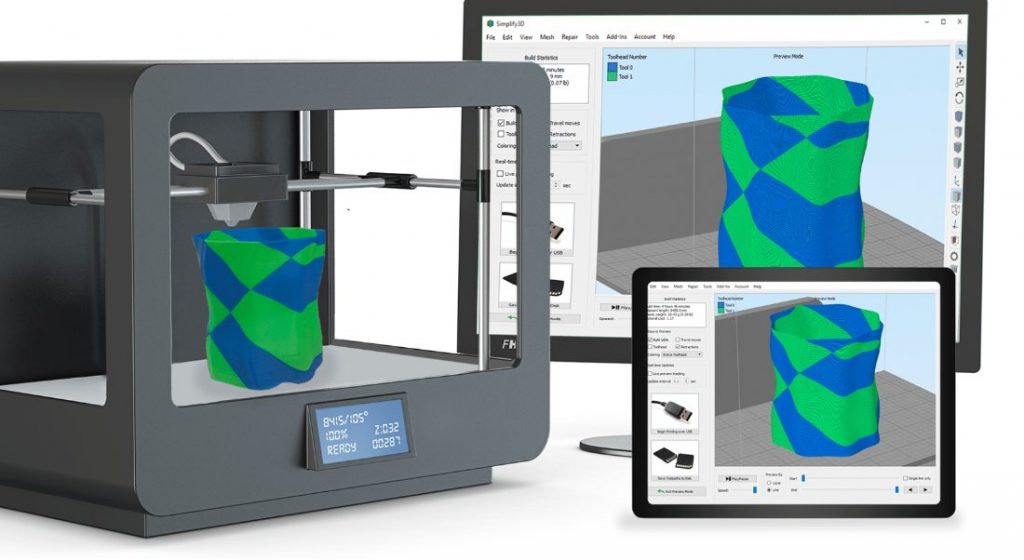 Digital designs are available from various file-sharing databases such as www.thingiverse.com.
Digital designs are available from various file-sharing databases such as www.thingiverse.com. - The design should be downloaded to a USB drive as a .stl file. Library staff will review the file prior to uploading it to a 3D printer. Once the review of the file has been completed, printing will be scheduled within a reasonable period of time. Same day printing is not guaranteed.
- Print times are estimates and cannot be guaranteed. Print jobs of over nine hours will be canceled.
- The requesting patron will pay for their print after it has finished printing and has been weighed. The requesting patron is responsible for all errors that occur during the printing process. If the object does not print correctly due to design errors, it is the responsibility of the user to pay for the object.
- You must clean your own rafts and supports. Small bumps or holes and rough edges on the object may occur. These can be cleaned up with fine sandpaper or other tools.
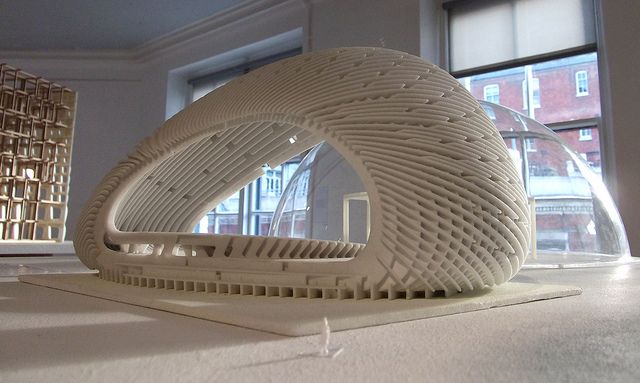
Disclaimer:
This Policy and Procedures contained in this document are subject to change at any time.
While the library staff make every effort to oversee the use of the equipment in the printing of an object the use of the printed object upon completion is not under the direction or control of the Library. The Library is not responsible for any object created with the use of the 3D printer, including any harm or injury incurred as a result of any usage of the 3D printer or the object which is printed.
WARNING – CHOKING HAZARD – Small parts. Not for children under 3 years of age.
3D Printing Form:
To submit a 3D printing request, please use 3D Printing Request Form.
Policy regarding the use of 3D printers at the makerspace young engineer station
The Multnomah County Library provides essential access, education, and technology to the public and provides related programs, materials, and tools for people with disabilities or access. By ensuring that the public has access to technologies such as 3D printing, we are helping to increase digital literacy and develop the skills needed to succeed in the digital world. This policy sets out the terms and conditions for using library 3D printers. nine0003 Warning: Remote 3D printing is not available. If you have questions about 3D printing, please email [email protected].
By ensuring that the public has access to technologies such as 3D printing, we are helping to increase digital literacy and develop the skills needed to succeed in the digital world. This policy sets out the terms and conditions for using library 3D printers. nine0003 Warning: Remote 3D printing is not available. If you have questions about 3D printing, please email [email protected].
Library 3D printers can be used by anyone to create 3D objects from a model loaded from a digital computer file.
- It is strictly forbidden to use library 3D printers for the following purposes:
- manufacture of materials prohibited by local, state or federal law. nine0012
- Manufacture of materials that are dangerous or harmful or that imminently threaten the well-being of others, including but not limited to drug paraphernalia and weapons. (Such use of said equipment may violate the terms of use of the 3D printing modeling software.)
- Using the specified equipment in violation of laws and other federal, state, or local regulations regarding the access, viewing, printing, or distribution of obscene or child pornography material.
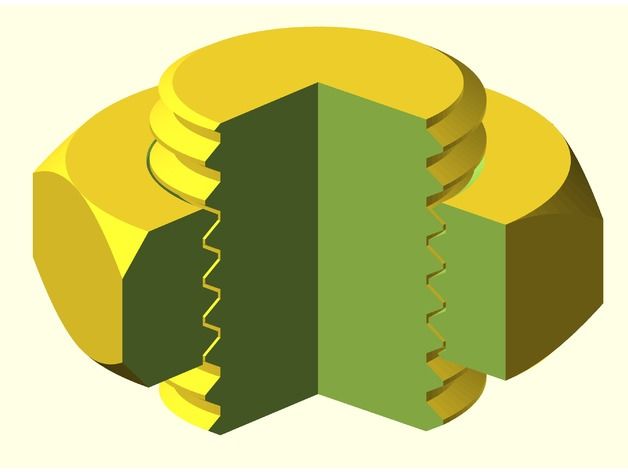 nine0012
nine0012 - Production of material in violation of Multnomah County's sexual harassment policy.
- Manufacture of materials in violation of the intellectual property rights of others or the terms of use of the software for creating models for 3D printing. For example, printers should not be used to reproduce copyrighted, patented, trademarked or trade secret protected material.
- The Library reserves the right to refuse any request for 3D printing. nine0012
- Service Fees: The library's 3D printing services are currently free of charge. This was made possible through a donation to the Library Fund and a grant from the Mount Hood Cable Regulatory Commission. The Library reserves the right to charge a fee to cover the cost of printed materials in the future.
- Items printed using library 3D printers and not claimed within thirty days become the property of the library. In doing so, the customer waives any ownership rights to the printed object. Design layout files are deleted by library staff at press time or at the end of each day.
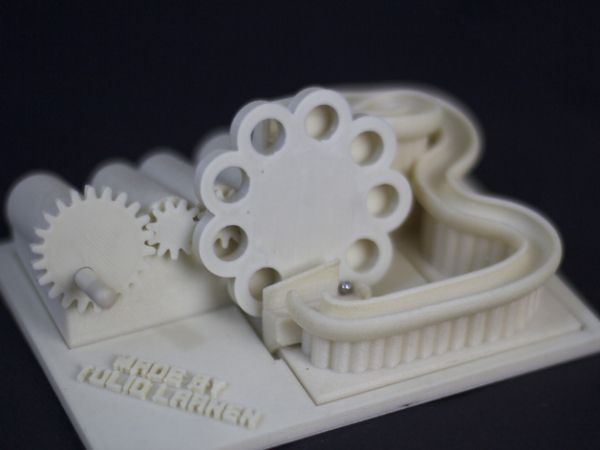 Relevant materials must be collected by the customer who printed them, unless otherwise agreed in advance. nine0012
Relevant materials must be collected by the customer who printed them, unless otherwise agreed in advance. nine0012 - 3D printing services are provided only with the participation of an authorized library staff or volunteers, subject to mandatory completion of the necessary training. If the printer is damaged, the appropriate library procedures apply.
- Library 3D printers are intended for educational and entertainment purposes, and for the production of prototypes of related products. The library does not provide access to 3D printers for the production or sale of goods. The provision by library staff of any assistance related to the use of a 3D printer does not imply that they are aware of the end use of the 3D product being made or that they endorse it. Once the 3D printed object has been transferred into the possession of the customer, the library will not be liable for any personal injury or property damage caused by its use or misuse. nine0032
Who are the designers of 3D printing in construction
By 2025, the construction industry will produce up to 2.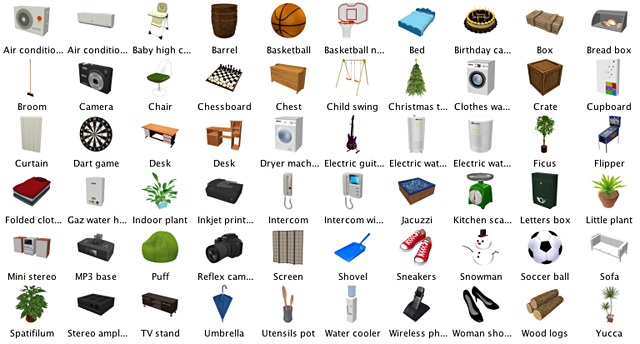 2 billion tons of waste annually. 3D printers can solve the problem, which allow you to build houses with little or no waste. We tell you who organizes their work
2 billion tons of waste annually. 3D printers can solve the problem, which allow you to build houses with little or no waste. We tell you who organizes their work
Who is a 3D printing designer in construction
A 3D printing designer in construction is an architect who creates buildings using 3D printers. He selects materials and develops the forms of future houses, taking into account the needs of the customer, location and climate. The specialist models the project in the program, and then the machines print it in full size. nine0005
Today, 3D printed houses are popping up all over the world. For example, they are in the UAE, the Netherlands, Italy, China, Mexico and even Russia. Research shows that 3D construction simplifies supply chains, design, and makes the whole process more efficient and greener.
3D printing designer in construction is one of the professions of the future that RBC Trends collects in a separate selection. To find out who will be in demand in 5-10 years, follow the link above. nine0005
nine0005
Printing an eco-friendly house from natural materials in Italy
(Video: 3D WASP / YouTube)
What does a 3D printing designer do in construction
The main task of such a specialist is to take into account and organically combine the possibilities of modern 3D printing in one project, natural terrain restrictions and customer desires.
First of all, the designer needs to decide how the building will be erected. It depends on the plans of customers and logistics. For example, walls and individual parts of a house can be printed separately, and then the finished elements can be assembled together at the construction site. Another option is to place the printer right on the spot and "grow" the house from scratch. nine0005
In addition, 3D printers are filled with various "inks" to build houses. These can be eco-friendly bioplastics, various mixtures of natural raw materials such as clay combined with rice husks or fiber-reinforced concrete. The availability of materials and their stability in different environmental conditions will influence the choice of the designer.
When everything is decided with the approach and building materials, the specialist needs to draw the project in 3D modeling software and program the printer. After that, the construction itself begins, which must be controlled at different stages. nine0005
Transportation of 3D printed building modules (Photo: SOM)
Skills Required
An engineering or architectural degree is a necessary foundation for working in the profession. Also, a 3D printing designer in construction needs to be able to handle modern modeling programs and techniques. At the same time, such a specialist cannot do without “flexible” skills. nine0005
- 's customer focus is essential to interacting with customers as effectively as possible.
- Project Management is useful for tracking deadlines and planning the construction stages correctly.
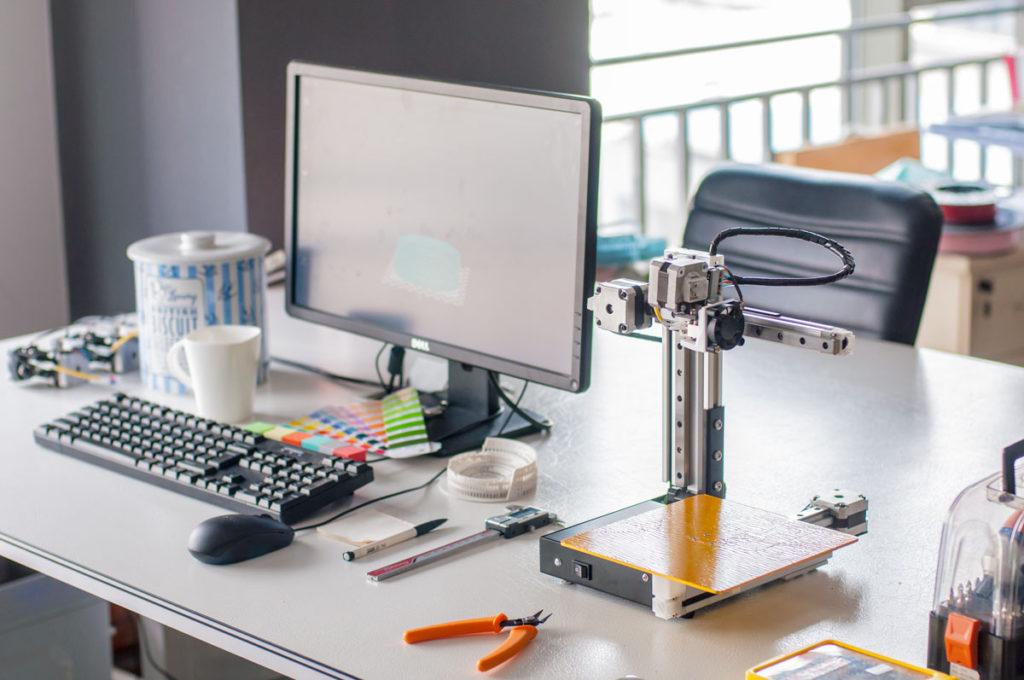
- Lean Skills and Green Thinking will help you choose economical and environmentally friendly approaches and materials.
- Systems thinking and intersectoral communication skills will be useful in organizing processes and work of various contractors.
Trends and professions
The use of 3D printing technologies in construction allows you to get rid of many problems of modern development. Therefore, we should expect that it will be increasingly integrated into our lives.
The amount of waste generated by the construction industry will grow to 2.2 billion tons by 2025, according to the Construction Waste Market. 3D construction often uses local natural materials and generates little to no debris. nine0005
In the United States, according to the Department of Labor, up to 15 workers die every day as a result of work-related injuries on construction sites. Automation and the maximum use of robotics can significantly reduce human losses in the development industry.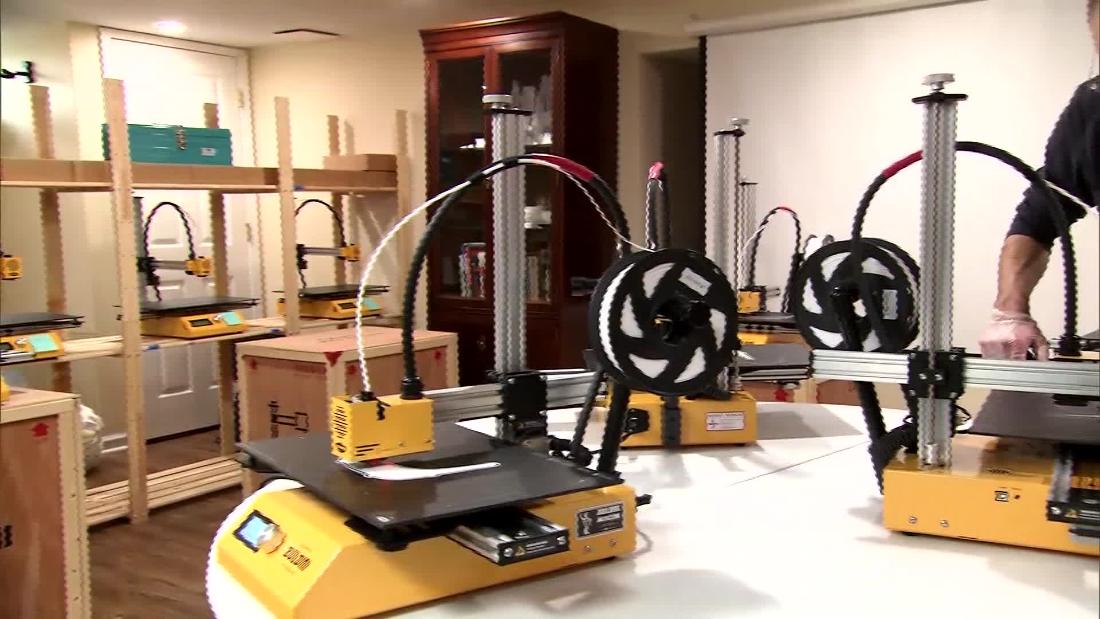
3D-printed houses can be a solution for fast construction in case of natural disasters. Modern devices are able to create 1 m2 of wall in just five minutes. At the same time, some printed buildings withstand earthquakes of magnitude up to 8 points. nine0005
Where and when did the profession come from
The first version of ArchiCAD 3D modeling software appeared in 1984. Two years later, the first patent for a 3D printer was filed. The more perfect these technologies became, the more opportunities they gave to the world. Today, we are increasingly witnessing targeted projects in this area, but their success suggests that they will soon become part of everyday life.
The first building in the world to be entirely 3D printed is the Office of the Future built in the UAE in 2016. At the same time, in China, housing, partially constructed using this technology, was presented a year earlier. In Russia, the first house entirely printed on a 3D printer appeared in 2017.



